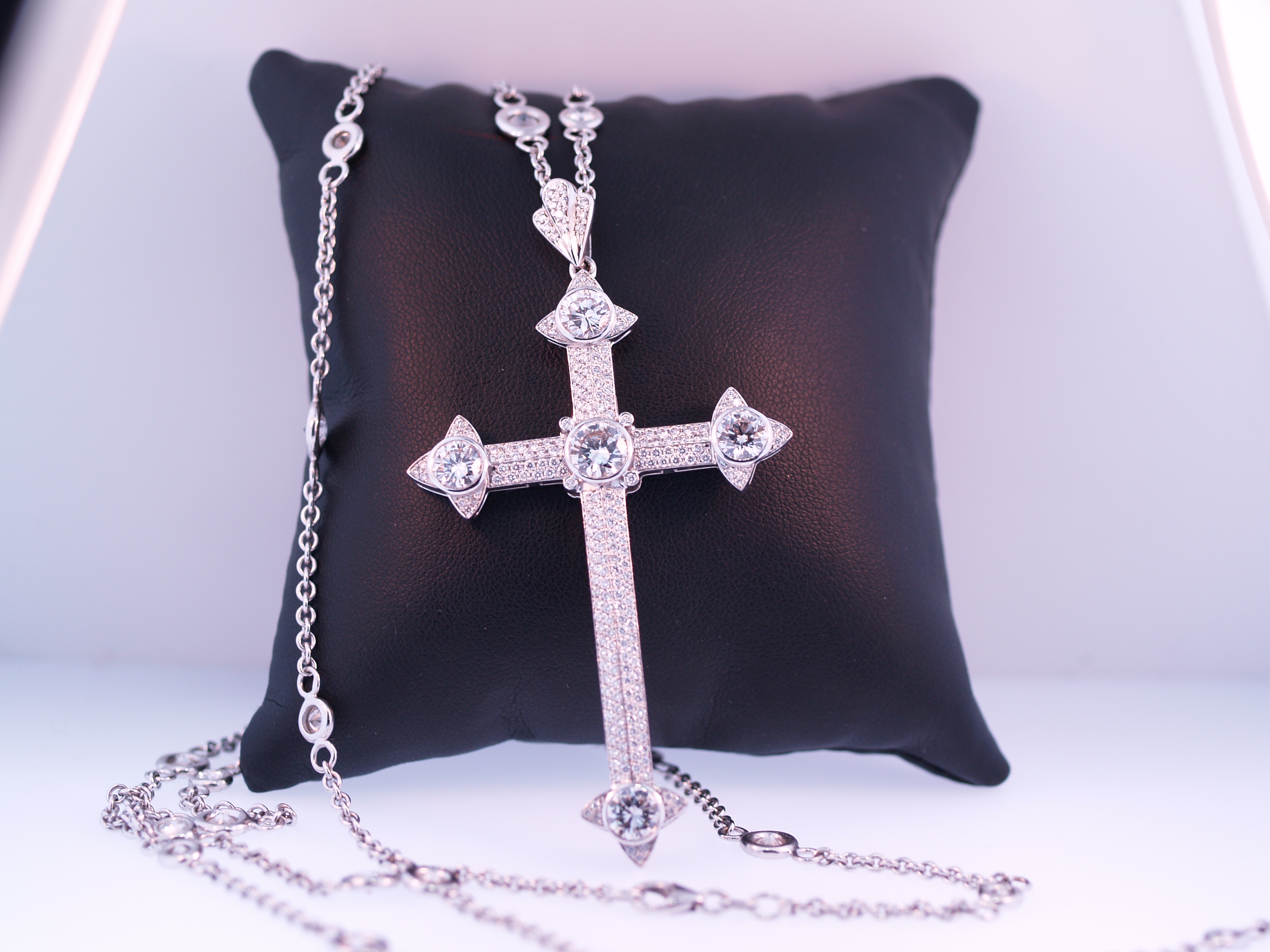One of the “4 C’s” of evaluating diamonds, clarity is a crucial component of any assessment of a diamond’s aesthetic and monetary value. As a fourth-generation diamond office located in Antwerp’s diamond district, Ja-Diam is ready to earn your business and demonstrate our expertise in the evaluation of your diamond, which includes a careful analysis of clarity.
Clarity refers to the ability to detect—via the naked eye or magnification—imperfections on both the surface of the diamond and in its internal structure. “Blemishes” refers to surface imperfections, while “inclusions” speaks to unique characteristics inside the diamond.
More About Inclusions
When buying diamonds, it is essential that the buyer have an understanding of a diamond’s inclusions and how they relate to both its brilliance and its value. Inclusions are measured with a scale called the clarity scale. It ranges from LC (Loupe Clean or flawless, with “Loupe” referring to the jeweller’s small magnifying tool) to Pique 1-3 (with P1 being somewhat included or imperfect, and P3 being very included or imperfect).
As you might guess, less imperfections are more desirable, as imperfections impact the refraction of light and affect a diamond’s light output and sparkle. Diamonds nearer to LC are more valuable than diamonds nearer to P3, all other things being equal.
Ja-Diam Can Make It Clear for You
To determine where a diamond falls on the clarity scale, a gemologist examines the diamond at 10x magnification. Inclusions can range from crystal-like structures to pin points, feathering, and clouding. Those selling diamonds must be keenly aware of a diamond’s clarity grade, as this significantly impacts the possible sell price.
Novices should not attempt to determine the clarity of a diamond on their own. Ja-Diam offers free evaluations of diamonds, and we urge all those interested in selling diamonds to visit our diamond office in Antwerp for this free consultation.






